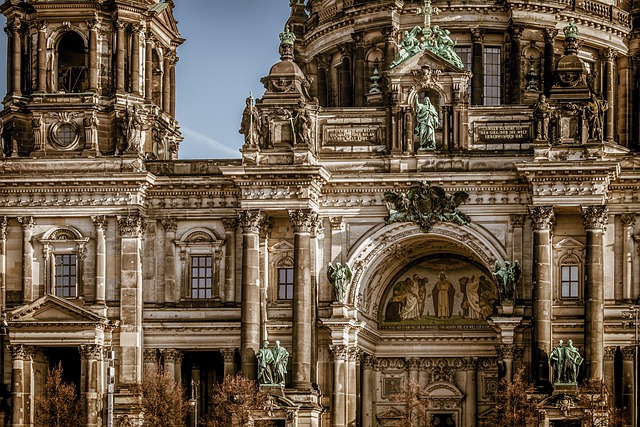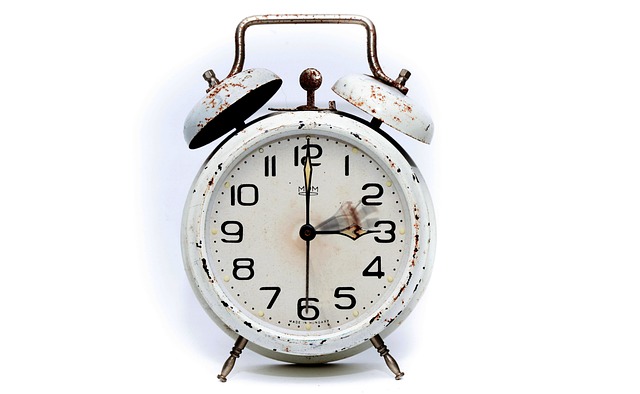Baroque sculpture stands as a testament to a unique era where art and design intertwined to create awe-inspiring forms that captivate the senses. Emerging in the 17th century, this intricate style is characterized by its grandeur, emotional depth, and the dynamic interplay of light and shadow. To explore the world of baroque sculpture is to embark on a sensory journey where every curve and contour tells a story, inviting viewers to engage with the work on a deeply personal level.
One of the defining attributes of baroque sculpture is its dramatic expressiveness. Artists of the period, such as Gian Lorenzo Bernini, excelled in capturing movement and emotion, transforming static materials into vibrant representations of human experience. Bernini’s Ecstasy of Saint Teresa is a prime example, where the delicate balance of physicality and spirituality evokes a profound sense of devotion. The intricate details, from the flowing drapery to the serene facial expressions, demonstrate how closely intertwined art and design can be. Each element is meticulously crafted to enhance the overall narrative, illustrating the artist’s mastery of both skill and creativity.
In terms of design, baroque sculpture often employs grand scale and opulent detail, reflecting the tastes and values of the time. The use of marble, along with gold accents and elaborate bases, transforms sculptures into focal points within their surroundings. Stately monuments, ornate altarpieces, and life-size figures not only serve aesthetic purposes but also communicate power and authority, often commissioned by nobility or religious institutions. The compelling allure of baroque sculptures lies in their ability to transport viewers into a world where art serves both a decorative and narrative function.
Furthermore, baroque sculpture engages with space in ways that excite the imagination. The strategic placement of these works invites movement, encouraging observers to navigate around them and discover new perspectives. This dynamic relationship between the sculpture and its environment illustrates how design principles have long influenced the perception of art. The swirling forms, twisting figures, and elaborate compositions invite contemplation, urging viewers to pause and reflect on the beauty and complexity of the human experience.
The emotional resonance of baroque sculpture cannot be understated. The fusion of art and design in this movement taps into universal themes of passion, conflict, and transcendence. Viewers often find themselves moved by the raw intensity captured in these three-dimensional forms, evoking feelings of pleasure, awe, and introspection. To witness the craftsmanship and thoughtfulness embedded in baroque works is to connect with a tradition that reverberates through the ages, reminding us of the power of artistic expression.
As we appreciate the opulent nature of baroque sculpture, we are compelled to reflect on its current relevance. The principles of combining art and design continue to influence contemporary creators, who draw inspiration from the emotive qualities and aesthetic richness of the baroque period. In exploring this dynamic interplay, we recognize that art is not merely an object; it is a dialogue between culture, emotion, and the design innovations that shape our visual world.




